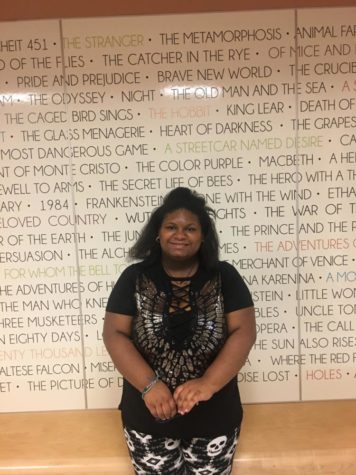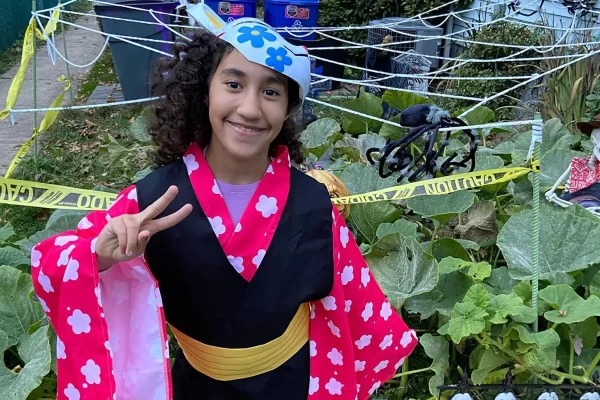A public letter to the San Diego community ignores the truth about SeaWorld
A “Letter to the Editor” published in The San Diego Union-Tribune offers a controversial request of its readers in “San Diegans should step up for SeaWorld,” by Lori Weisberg.
The letter urged locals to save the business from its plummeting attendance.“Come on people. If you like SeaWorld but just don’t take the time to go once in a while, you should make the time before attendance falls to a point where they have to close the park,” the letter urges.
The piece offers no factual basis; rather, it is a short plea for San Diegans to ignore what they’ve heard about SeaWorld and “experience it” themselves.
The only accurate point the article provides is that attendance is down. The Guardian reports that profits dropped 84 percent, but CEO Joel Manby is determined to drive attendance.
“We will continue to fight with facts, because the facts are on our side.”
Here are the real facts about the damage Seaworld is causing to orcas. The Whale and Dolphin Conservation reports that Orca whales must swim the perimeter of their tanks 1,400 times each day to match the distance they would swim if they lived in the wild. It is a fact that 92 percent of SeaWorld’s captive Orca whales die prematurely.
The lack of space leads to the deterioration of both their physical and mental health. Whales become aggressive with each other, injuring each other with tooth rakes.
Raking is when a whale slices the skin of another whale with their teeth. Female whales often work together to attack the less agile male whales. Outside of captivity, orcas have miles upon miles to ease tension — they are not afforded this escape in a glass tank.
Acts of aggression towards orcas in the wild are nonexistent because they have an ample amount of space to swim and get away. In captivity, this is not the case. Captivity creates a harmful environment for both orcas and the people around them.
Another example of this aggression, caused by their confinement, is in 1988 when Orlando’s killer whale, Kandu, broke the jaw of another whale, Corky, cutting an artery in her head after which she bled to death.
This could also be the cause for the recent attack on Katina, who had a piece of her dorsal fin bitten off, causing permanent damage. She was in a tank with five different orcas confined to a limited amount of space.
During the conversation of captivity turning into psychosis, it is important to note the family structures of whales. Onegreenplanet.org reports that Orcas may be more emotionally intelligent than humans.
MRI scans show the part of the brains dealing with emotions is more developed than in humans. Many scientists conclude that Orcas have a deeper connection and understanding of those around them. They identify as part of a group, rather than an individual. When fishermen rip one from a pod, it causes unimaginable stress to the whales.
The documentary Blackfish (2013) highlights this stress. Sea World doesn’t take this into consideration and proceeds to separate a calf from its mother. In the film, former SeaWorld trainer Carol Ray recalls the night that a mother, Kasatka was separated from her calf.
“[Kasatka] in the corner of the pool, literally shaking and screaming, screeching crying. There was nothing you could call that besides grief.”
When an orca is caught for captivity, its pod remains, surrounding the fishing boat. Fathers and calves remain with the mothers their entire life. Understanding their engraved connection with each other, it would be plausible to think that SeaWorld would keep families together. But if it doesn’t benefit their shows then it doesn’t matter to them.
These are the facts that SeaWorld is telling people to ignore so they could put more money into their pockets instead of cleaning up their act and doing what’s right for the orcas. The actual facts are not on Seaworld’s side.
“Don’t let one group of activists be the only influence that drives you,” plead the letter.
I agree: make this decision on the actual facts and do some research before making a decision.

I am a senior at NHS. I would like to be pastry chef. I am taking journalism because writing is a big part of my life and brings me joy.












